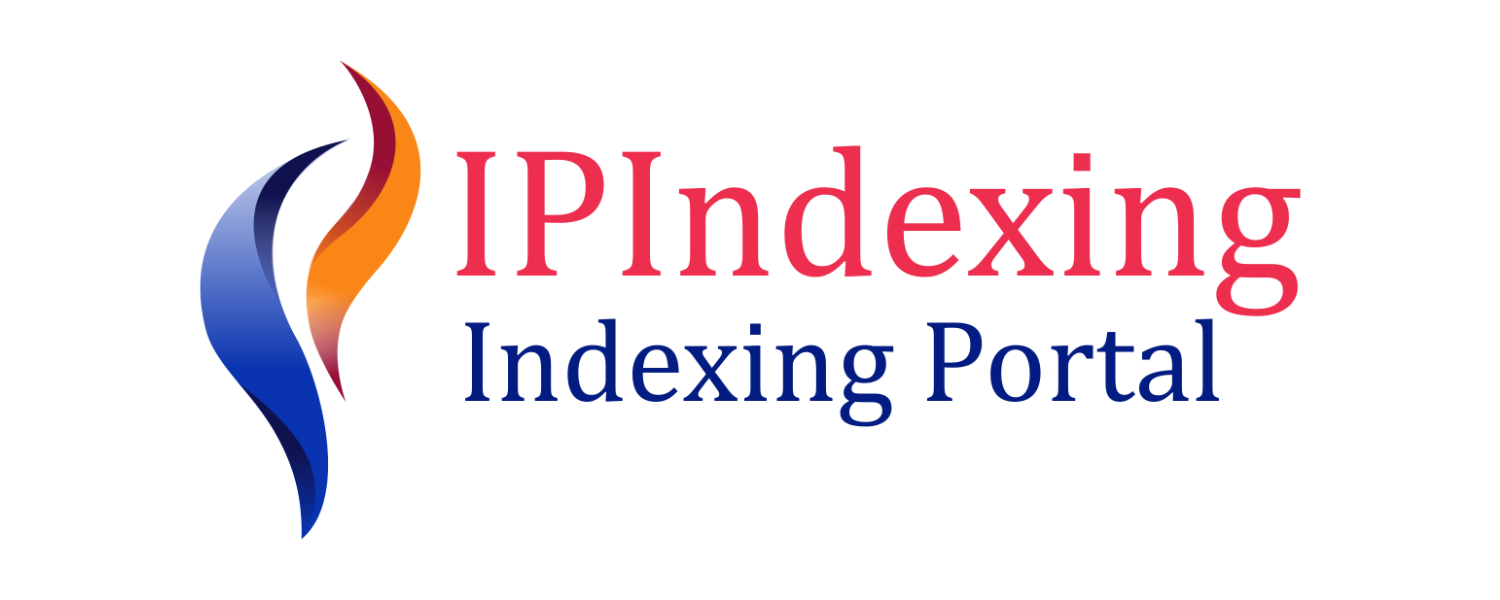Examining the Influence of Organizational Change Management Strategies on Employee Resistance and Adaptation
DOI:
https://doi.org/10.62207/x65khh38Keywords:
Employee adaptation, organizational change, individual factors, change strategy, communication quality, social support, ambiguity.Abstract
This research aims to explore the factors that influence employee adaptation to organizational change. Using a systematic literature review approach, we analyzed various individual factors and organizational strategies that have the potential to influence employee adaptation levels. The results of our analysis identified several key factors including age, education, personality, change strategy, quality of communication, social support, and level of ambiguity. Apart from that, this research also proposes a research framework that can be the basis for further research in understanding the dynamics of employee adaptation in the context of organizational change.
References
Arefin, M., Hoque, M., & Bao, Y. (2015). The impact of business intelligence on organization’s effectiveness: an empirical study. Journal of Systems and Information Technology, 17(3), 263-285. https://doi.org/10.1108/jsit-09-2014-0067
Bhatti, M., Ali, S., Isa, M., & Battour, M. (2014). Training transfer and transfer motivation: the influence of individual, environmental, situational, training design, and affective reaction factors. Performance Improvement Quarterly, 27(1), 51-82. https://doi.org/10.1002/piq.21165
Chauhan, R., Ghosh, P., Rai, A., & Kapoor, S. (2017). Improving transfer of training with transfer design. Journal of Workplace Learning, 29(4), 268-285. https://doi.org/10.1108/jwl-08-2016-0079
Chiaburu, D., Dam, K., & Hutchins, H. (2010). Social support in the workplace and training transfer: a longitudinal analysis. International Journal of Selection and Assessment, 18(2), 187-200. https://doi.org/10.1111/j.1468-2389.2010.00500.x
Daniels, G. and Hollifield, C. (2002). Times of turmoil: short- and long-term effects of organizational change on newsroom employees. Journalism & Mass Communication Quarterly, 79(3), 661-680. https://doi.org/10.1177/107769900207900308
et.al, S. (2021). The effect of human resource management practices on employee performance. Turkish Journal of Computer and Mathematics Education (Turcomat), 12(3), 2900-2911. https://doi.org/10.17762/turcomat.v12i3.1321
Ghosh, P., Chauhan, R., & Rai, A. (2015). Supervisor support in transfer of training: looking back at past research. Industrial and Commercial Training, 47(4), 201-207. https://doi.org/10.1108/ict-11-2014-0071
Hameed, I., Khan, A., Sabharwal, M., Arain, G., & Hameed, I. (2017). Managing successful change efforts in the public sector: an employee’s readiness for change perspective. Review of Public Personnel Administration, 39(3), 398-421. https://doi.org/10.1177/0734371x17729869
Han, P., Scharnetzki, E., Scherer, A., Thorpe, A., Lary, C., Waterston, L., … & Dieckmann, N. (2021). Communicating scientific uncertainty about the covid-19 pandemic: online experimental study of an uncertainty-normalizing strategy. Journal of Medical Internet Research, 23(4), e27832. https://doi.org/10.2196/27832
Harrison, T. and Bazzy, J. (2017). Aligning organizational culture and strategic human resource management. The Journal of Management Development, 36(10), 1260-1269. https://doi.org/10.1108/jmd-12-2016-0335
Horst, U., Xia, X., & Zhou, C. (2019). Portfolio liquidation under factor uncertainty.. https://doi.org/10.48550/arxiv.1909.00748
Hutchins, H. (2009). In the trainer's voice: a study of training transfer practices. Performance Improvement Quarterly, 22(1), 69-93. https://doi.org/10.1002/piq.20046
Iannello, P., Mottini, A., Tirelli, S., Riva, S., & Antonietti, A. (2017). Ambiguity and uncertainty tolerance, need for cognition, and their association with stress. a study among italian practicing physicians. Medical Education Online, 22(1), 1270009. https://doi.org/10.1080/10872981.2016.1270009
Janićijević, N. (2012). Organizational culture and strategy. Ekonomika Preduzeca, 60(3-4), 127-139. https://doi.org/10.5937/ekopre1204127j
Lušňáková, Z., Benda-Prokeinová, R., & Juríčková, Z. (2022). Attitudes and involvement of employees in the process of implementing innovations and changes in companies. Behavioral Sciences, 12(6), 174. https://doi.org/10.3390/bs12060174
Na-Nan, K., Chaiprasit, K., & Pukkeeree, P. (2017). Influences of workplace environment factors on employees’ training transfer. Industrial and Commercial Training, 49(6), 303-314. https://doi.org/10.1108/ict-02-2017-0010
Nazli, N. and Khairudin, S. (2018). The factors that influence transfer of training and its effect on organizational citizenship behaviour. Journal of Workplace Learning, 30(2), 121-146. https://doi.org/10.1108/jwl-09-2017-0080
Onyeneke, G. and Abe, T. (2021). The effect of change leadership on employee attitudinal support for planned organizational change. Journal of Organizational Change Management, 34(2), 403-415. https://doi.org/10.1108/jocm-08-2020-0244
Pidd, K. (2004). The impact of workplace support and identity on training transfer: a case study of drug and alcohol safety training in australia. International Journal of Training and Development, 8(4), 274-288. https://doi.org/10.1111/j.1360-3736.2004.00214.x
Ristovska, A. and Eftimov, L. (2021). Organizational change and employee stress: empirical analysis of employees in the republic of north macedonia.. https://doi.org/10.47063/ebtsf.2021.0001
Robinson, M. and Reddy, M. (2016). Applying corporate climate principles to dental school operations. Journal of Dental Education, 80(12), 1413-1421. https://doi.org/10.1002/j.0022-0337.2016.80.12.tb06228.x
Rogiest, S., Segers, J., & Witteloostuijn, A. (2015). Climate, communication and participation impacting commitment to change. Journal of Organizational Change Management, 28(6), 1094-1106. https://doi.org/10.1108/jocm-06-2015-0101
Sudiantini, D. (2020). Empirical testing of climate work as moderating at regional public service.. https://doi.org/10.2991/aebmr.k.200915.012
To, W. (2023). Training orientation, organizational support and training satisfaction – the mediating role of perceived value of training. Journal of Workplace Learning, 36(1), 1-26. https://doi.org/10.1108/jwl-05-2023-0091
Ullrich, A., Reißig, M., Niehoff, S., & Beier, G. (2023). Employee involvement and participation in digital transformation: a combined analysis of literature and practitioners' expertise. Journal of Organizational Change Management, 36(8), 29-48. https://doi.org/10.1108/jocm-10-2022-0302
Wanberg, C. (2000). Predictors and outcomes of openness to changes in a reorganizing workplace.. Journal of Applied Psychology, 85(1), 132-142. https://doi.org/10.1037/0021-9010.85.1.132
Williams, A., Chen, J., Li, G., & Baláž, V. (2022). Risk, uncertainty and ambiguity amid covid-19: a multi-national analysis of international travel intentions. Annals of Tourism Research, 92, 103346. https://doi.org/10.1016/j.annals.2021.103346
Yang, W., Qi, H., & Song, H. (2020). Linking supervisor support to innovation implementation behavior via commitment. Journal of Managerial Psychology, 35(3), 129-141. https://doi.org/10.1108/jmp-04-2018-0171
Zaidi, F., Zawawi, E., & Nordin, R. (2019). Strategy implementation process for better employees’ performance in construction companies. Matec Web of Conferences, 266, 03002. https://doi.org/10.1051/matecconf/201926603002
Zatna, D., Abduh, S., & Anggiani, S. (2022). The effect of ethical climate, organizational culture, on organizational performance in tax service offices mediated by strategic service management. International Journal of Research -Granthaalayah, 10(7), 9-20. https://doi.org/10.29121/granthaalayah.v10.i7.2022.4690
Zumrah, A. and Boyle, S. (2015). The effects of perceived organizational support and job satisfaction on transfer of training. Personnel Review, 44(2), 236-254. https://doi.org/10.1108/pr-02-2013-0029
Downloads
Published
Issue
Section
License
Copyright (c) 2024 Ali Asrori (Author)

This work is licensed under a Creative Commons Attribution-NonCommercial 4.0 International License.























